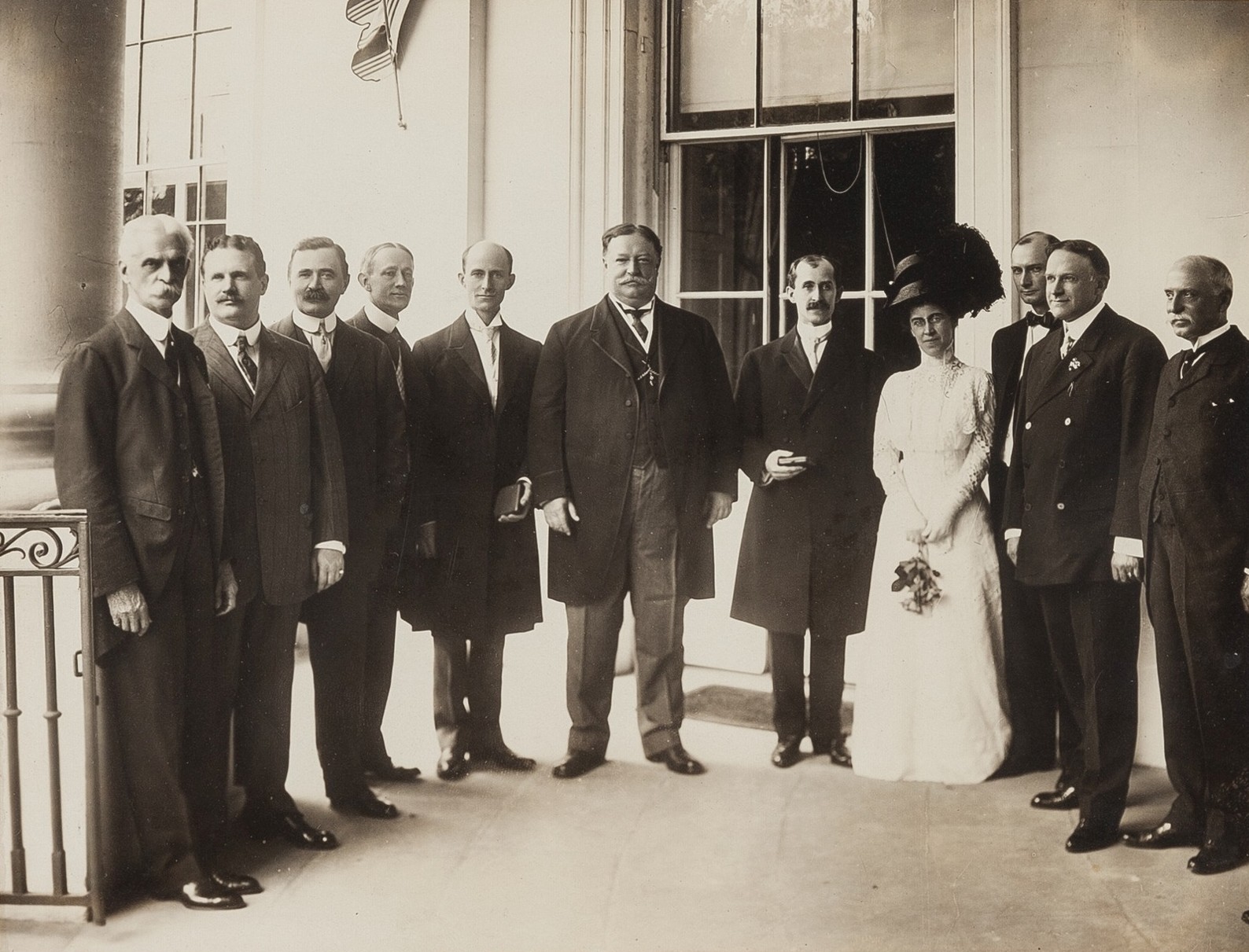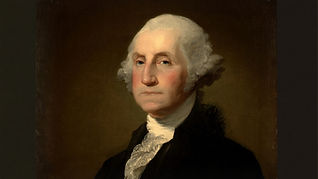Wright Brothers: The Journey to the First Powered Flight
On a cold December morning in 1903, on the windswept dunes of Kitty Hawk, North Carolina, two brothers from Ohio forever changed the course of human history. For 12 brief seconds, their fragile flying machine lifted from the sandy ground, travelled 120 feet, and landed safely. In that fleeting moment, Wilbur and Orville Wright accomplished what countless dreamers, inventors, and scientists had failed to achieve for centuries: controlled, powered human flight. Their journey from bicycle mechanics to aviation pioneers is not just a story of mechanical ingenuity, but a testament to the extraordinary heights that can be reached through persistence, methodical problem-solving, and unwavering brotherhood.
The story of the Wright brothers begins far from the skies they would eventually conquer. Born in the mid-19th century to Milton and Susan Wright—Wilbur in 1867 and Orville in 1871—they grew up in a household that valued intellectual curiosity and independent thinking. Their father, a bishop in the Church of the United Brethren in Christ, encouraged his children to read widely and think critically, while their mother, who had a mechanical aptitude unusual for women of her era, sparked their interest in tinkering with machines.
The family moved several times during the brothers' childhood, eventually settling in Dayton, Ohio. Though neither brother completed high school formally (Wilbur had his studies interrupted after a hockey accident, and Orville dropped out to start a printing business), their education continued at home through voracious reading and practical experimentation.
In 1892, capitalizing on America's growing bicycle craze, the brothers opened the Wright Cycle Exchange (later became Wright Cycle Company) in Dayton. Their bike shop became not just a successful business but a workshop where they honed crucial mechanical skills and principles that would later prove invaluable in their aviation work. They learned about balance, control, steering mechanisms, and the importance of making machinery both light and strong—all concepts that would directly translate to their flying machines.
What led two bicycle mechanics to turn their attention skyward? The seed was planted in 1878 when their father brought home a small toy helicopter made of paper, bamboo, and cork, powered by a rubber band. The simple toy, based on a design by French aeronautical pioneer Alphonse Pénaud, fascinated the boys—Wilbur was 11, Orville just 7. Though the toy broke soon after, its memory lingered, kindling a fascination with flight that would lie dormant until adulthood.
The spark reignited in the 1890s, when the brothers began following news of glider experiments, particularly those of German aviator Otto Lilienthal. When Lilienthal died in a glider crash in 1896, the Wright brothers' interest intensified rather than diminished. His death showed them both the promise and the peril of pursuing human flight.
In 1899, Wilbur wrote to the Smithsonian Institution requesting information about aeronautical research. This marked the beginning of their systematic study of flight. The brothers devoured existing literature, studied the flight of birds, and began to formulate theories about how a flying machine might be controlled.
What set the Wrights apart from many contemporaries was their systematic approach. Rather than focusing solely on creating enough power to lift a machine into the air—the approach many inventors took—they identified three fundamental problems to solve: lift, propulsion, and control. Most critically, they recognized that control was the least understood and most essential component.
The brothers began their practical experiments with kites and gliders, choosing Kitty Hawk, North Carolina as their testing ground because of its steady winds, soft sand for landings, and relative isolation. Between 1900 and 1902, they conducted extensive glider tests, each iteration improving on the last as they worked through problems methodically.
Their first glider in 1900 produced disappointing results. Rather than giving up, they returned to Dayton, refined their designs, and came back to Kitty Hawk in 1901 with a larger glider. When this too underperformed, they took a crucial scientific step: questioning the established aerodynamic data they had been relying on.
In a pivotal development, the brothers built a small wind tunnel in their bicycle shop to test airfoil designs. Through hundreds of tests, they generated more accurate data about how air flows over wings, creating their own tables of lift and drag coefficients. This painstaking work allowed them to design wings that would generate sufficient lift—solving one of the three fundamental problems.
Their 1902 glider, incorporating these wind tunnel insights, was a breakthrough. It demonstrated effective three-axis control—pitch, roll, and yaw—through their innovative wing-warping technique and the addition of a movable rudder. The brothers made nearly 1,000 glides that year, sometimes staying aloft for nearly a minute and covering distances of more than 600 feet. These achievements alone would have secured them a place in aviation history, but they were just warming up.
With the control problem largely solved, the brothers turned to propulsion. They needed an engine powerful enough yet light enough for flight—and when they couldn't find one that met their specifications, they simply built their own, with their mechanic Charlie Taylor. Their aluminium engine produced 12 horsepower and weighed only 180 pounds.
They also tackled the complex problem of propeller design. Thinking of propellers not as simple fans but as rotating wings generating thrust, they created propellers that were about 80% efficient—a remarkable achievement for the time and far superior to what others had accomplished.
By December 1903, the brothers were ready to attempt powered flight. They assembled their machine, now known as the Wright Flyer, on the beaches of Kitty Hawk. After a failed attempt on December 14, they were ready to try again on the morning of December 17.
The temperature was just above freezing, and a 27-mph wind blew across the dunes. They flipped a coin to see who would pilot the machine first; Wilbur won but crashed during his attempt. After repairs, at 10:35 a.m., it was Orville's turn. With Wilbur running alongside to steady the wing, the Flyer lifted into the air and stayed aloft for 12 seconds, covering 120 feet.
They made three more flights that day, with Wilbur achieving the longest—59 seconds in the air, covering 852 feet. A strong gust of wind later damaged the Flyer beyond immediate repair, but history had already been made. The age of aviation had begun.
After their historic achievement, the brothers continued to refine their designs. In 1904 and 1905, they conducted flights at Huffman Prairie near Dayton, gradually extending flight times and distances and mastering turns and circles. By October 1905, their Flyer III could stay in the air for over 39 minutes and fly figure eights.
Initially, their accomplishments received little attention. The brothers were cautious about publicity until they had secured patent protection and potential contracts. This led to some scepticism about their claims, particularly in Europe where aviation was advancing rapidly. Many newspapers and the scientific establishment dismissed reports of their flights as exaggerations or hoaxes.
The situation changed dramatically in 1908. Wilbur travelled to France and performed public flights that astonished observers with their control and precision. Meanwhile, Orville demonstrated their improved machine to the U.S. Army at Fort Myer, Virginia. Despite a crash that seriously injured Orville and killed his passenger, Lieutenant Thomas Selfridge, the brothers secured a contract to build the first military aircraft.
By 1909, the Wright brothers had become international celebrities. They formed the Wright Company to manufacture airplanes, trained the first military pilots, and continued to improve their designs. Their patent wars with other aviation pioneers, while controversial, demonstrated their determination to protect their innovations.
The brothers' story took a sombre turn when Wilbur contracted typhoid fever and died in 1912 at just 45 years old. His death devastated Orville, who sold the Wright Company in 1915 and largely retired from active aviation development, though he remained a respected figure in the field until his death in 1948.
The legacy of the Wright brothers extends far beyond their initial flights. Within a decade of Kitty Hawk, aircraft were being used in World War I. Within 50 years, jet aircraft were crossing continents at hundreds of miles per hour. And just 66 years after that first 12-second flight, humans walked on the moon.
What made the Wright brothers' success possible was their unique combination of qualities: mechanical aptitude, methodical approach, persistence through failures, and their close collaboration. As Wilbur once noted, "Neither could have won success without the other".
Their story remains one of the most inspiring examples of human ingenuity and determination. Two self-taught bicycle mechanics from Ohio, working without government funding or formal scientific education, solved a problem that had challenged humanity for centuries. They did it not through dramatic leaps of genius but through patient, systematic work—testing, analysing, modifying, and testing again.
Perhaps the most profound aspect of their achievement is how it transformed human perspective. Before the Wright brothers, humans were bound to the earth, looking up at birds in envy. After them, the sky became a realm of possibility, and the world seemed suddenly smaller and more interconnected.
From bicycle repair to changing the course of human transportation, from a 12-second hop to transcontinental flight, from Dayton, Ohio to the moon and beyond—the Wright brothers' legacy soars on, reminding us that with persistence, methodology, and courage, the impossible can become possible. As Wilbur Wright himself put it: "If birds can glide for long periods of time, then... why can't I?"
If you enjoyed reading about the inspiring journey of the Wright Brothers and their groundbreaking achievement, we’d love to hear your thoughts! Don’t forget to like, comment, and share this article to spread their incredible story of perseverance and innovation. Your support helps us bring more inspiring stories to life!












